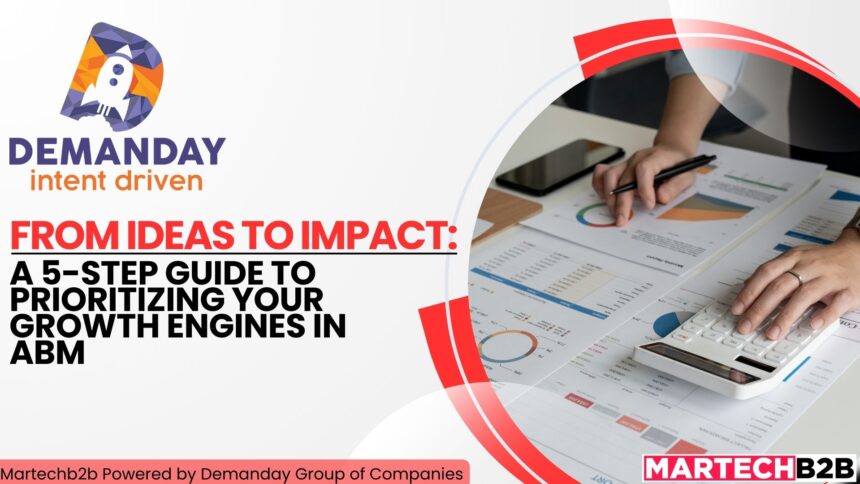In today’s competitive B2B landscape, Account-Based Marketing (ABM) has become a critical tool for driving targeted growth. But with a multitude of potential growth engines at your disposal – events, content, webinars, etc. – prioritizing the most impactful strategies can be a challenge. This guide will equip you with a clear, 5-step framework to define, evaluate, and prioritize your ABM growth engines, ensuring your efforts deliver maximum ROI.
Step 1: Align Your Growth Engines with Your Ideal Customer Profile (ICP)
The foundation of successful ABM lies in a deep understanding of your ideal customer. Start by re-evaluating your ICP – the specific companies and decision-makers you want to target.
- Industry: Which industries are most likely to benefit from your offering?
- Company Size: Are you targeting large enterprises or mid-sized businesses?
- Challenges: What specific challenges do your ideal accounts face?
- Buying Journey: What is the typical decision-making process within your target accounts?
Having a well-defined ICP allows you to tailor your growth engines to resonate directly with the needs and interests of your target audience.
Step 2: Identify Your Growth Engine Options
ABM offers a diverse arsenal of growth engines to reach and engage your target accounts. Some common options include:
- High-Impact Content: Create targeted content (white papers, case studies, industry reports) that addresses your ICP’s specific pain points and showcases your expertise.
- Personalized Events: Host exclusive events (webinars, workshops) designed to educate and engage key decision-makers at your target accounts.
- Strategic Partnerships: Collaborate with complementary businesses to expand your reach and increase brand awareness within your target audience.
- Direct Outreach: Execute targeted email campaigns or personalized phone calls to nurture relationships with key contacts at your target accounts.
- Account-Based Advertising: Leverage social media or programmatic advertising platforms to deliver targeted messages to specific decision-makers within your ICP.
Step 3: Evaluate the Potential Impact of Each Growth Engine
Not all growth engines are created equal. Before investing resources, assess the potential impact of each strategy based on:
- Alignment with ICP: Does the growth engine resonate with the needs and interests of your ideal customer profile?
- Engagement Potential: How likely is this approach to capture the attention and interest of your target audience?
- Conversion Potential: Can this growth engine nurture leads and move them further down the sales funnel?
- Cost-Effectiveness: Consider the cost of implementation and execution of each growth engine option.
Step 4: Prioritize Your Growth Engines
Based on your evaluation, prioritize your growth engines. Strategies with strong alignment with your ICP, high engagement, and conversion potential, and cost-effectiveness should take precedence.
Step 5: Measure, Analyze, and Refine
ABM is an ongoing process. Continuously monitor the performance of your growth engines through key metrics, like website traffic, engagement rates, lead generation, and ultimately, closed deals. Analyze the data and adjust your approach based on what works and what doesn’t.
By following these steps, you can develop a strategic approach to prioritizing and maximizing the impact of your ABM growth engines. Remember, ABM is about quality over quantity. Focus on delivering targeted, personalized experiences that resonate with your ideal customers and ultimately drive sustainable growth for your business.


